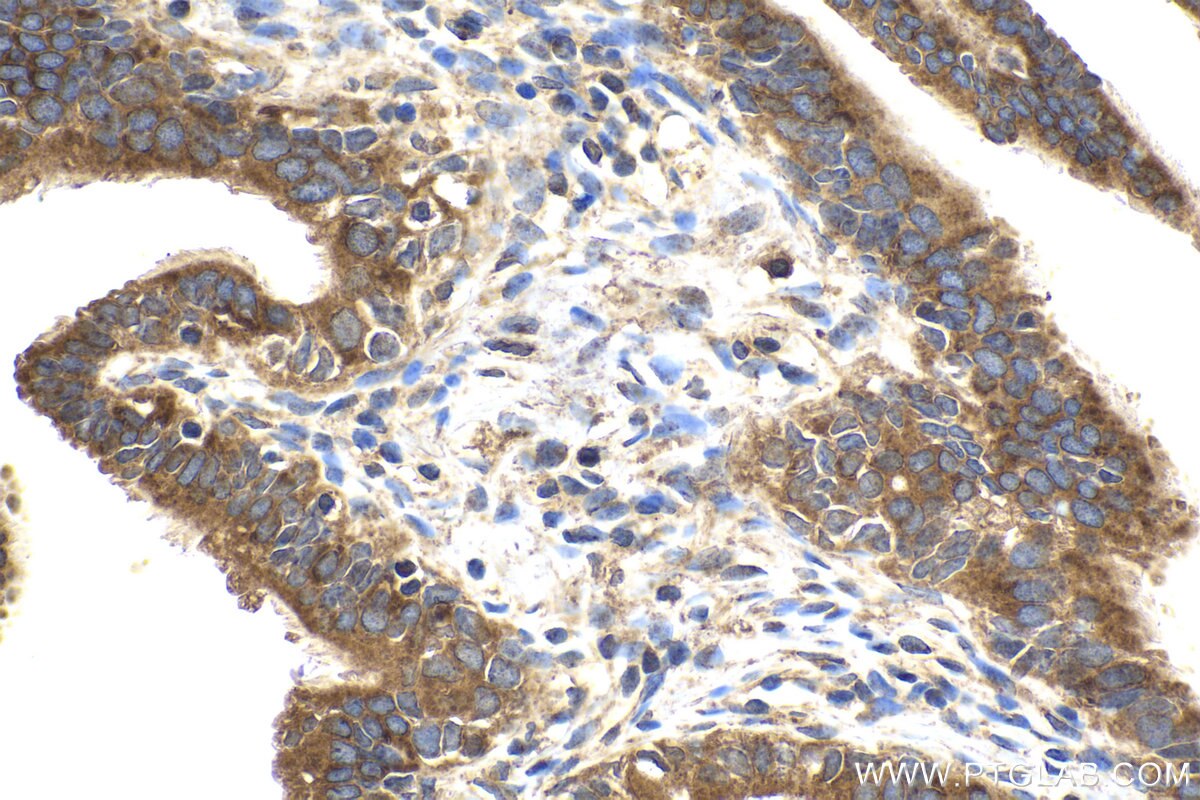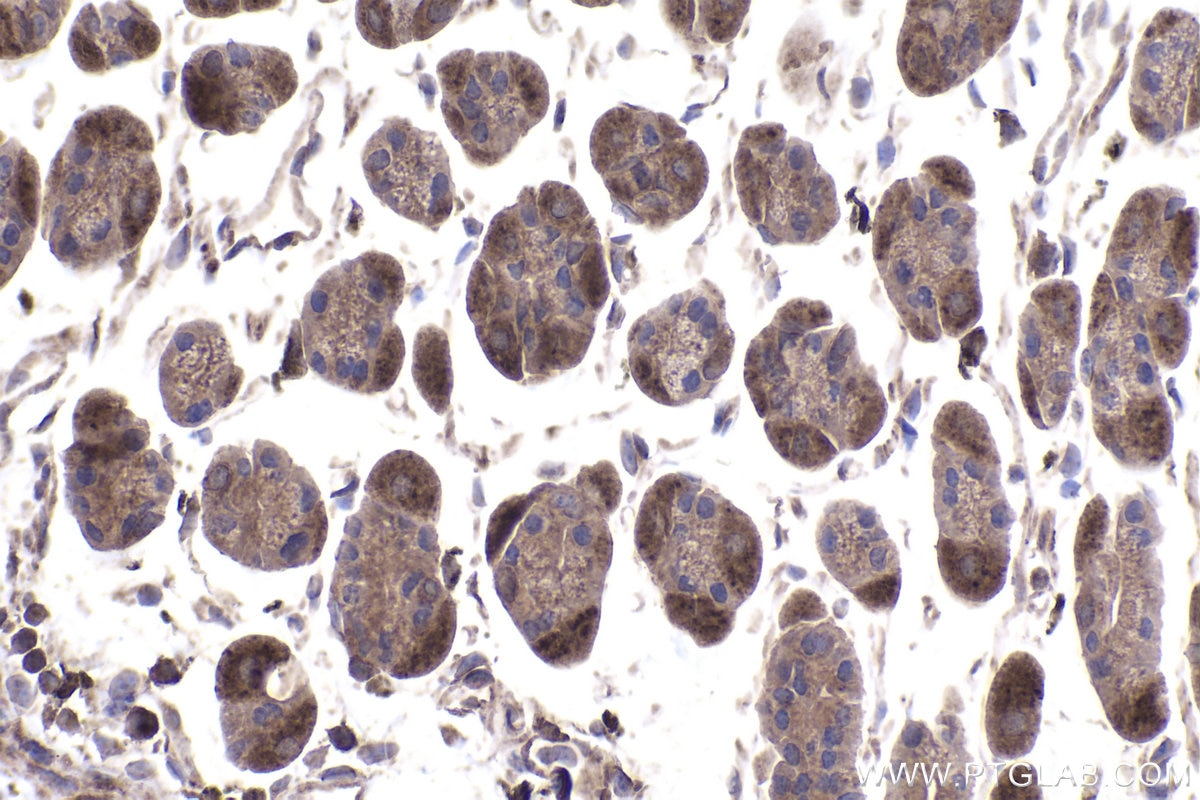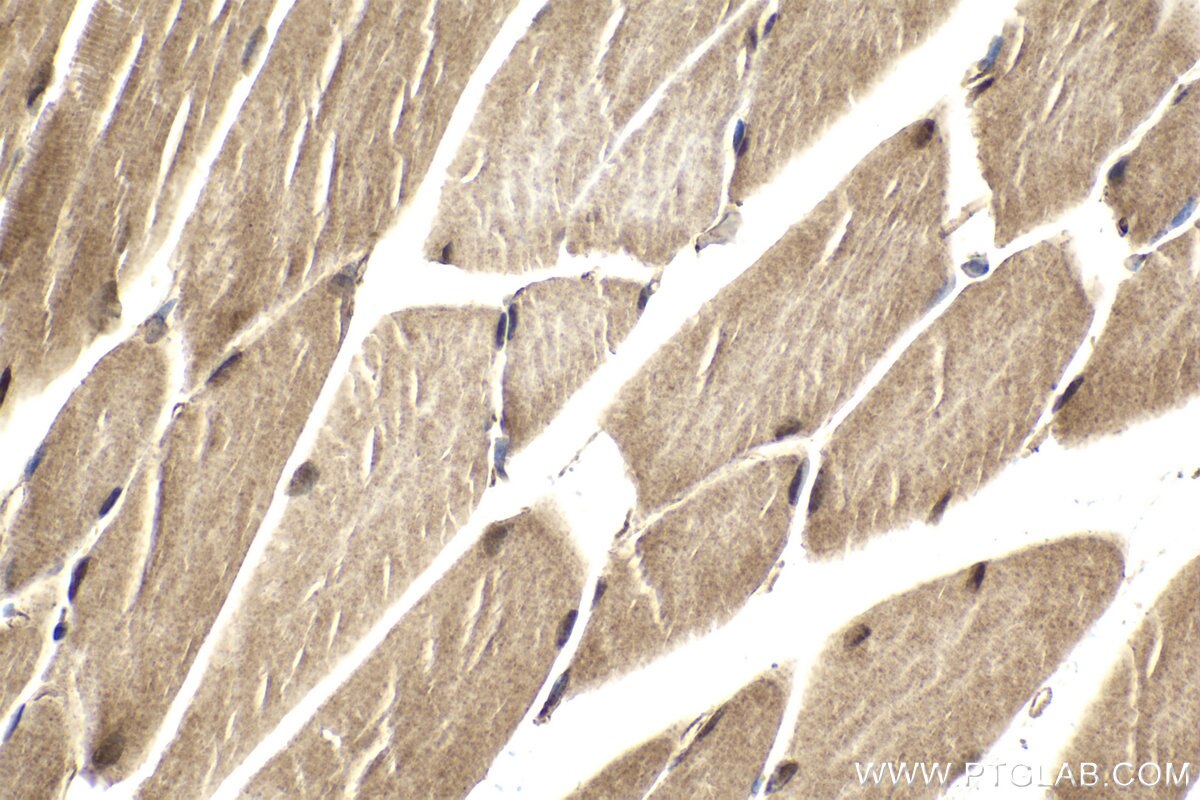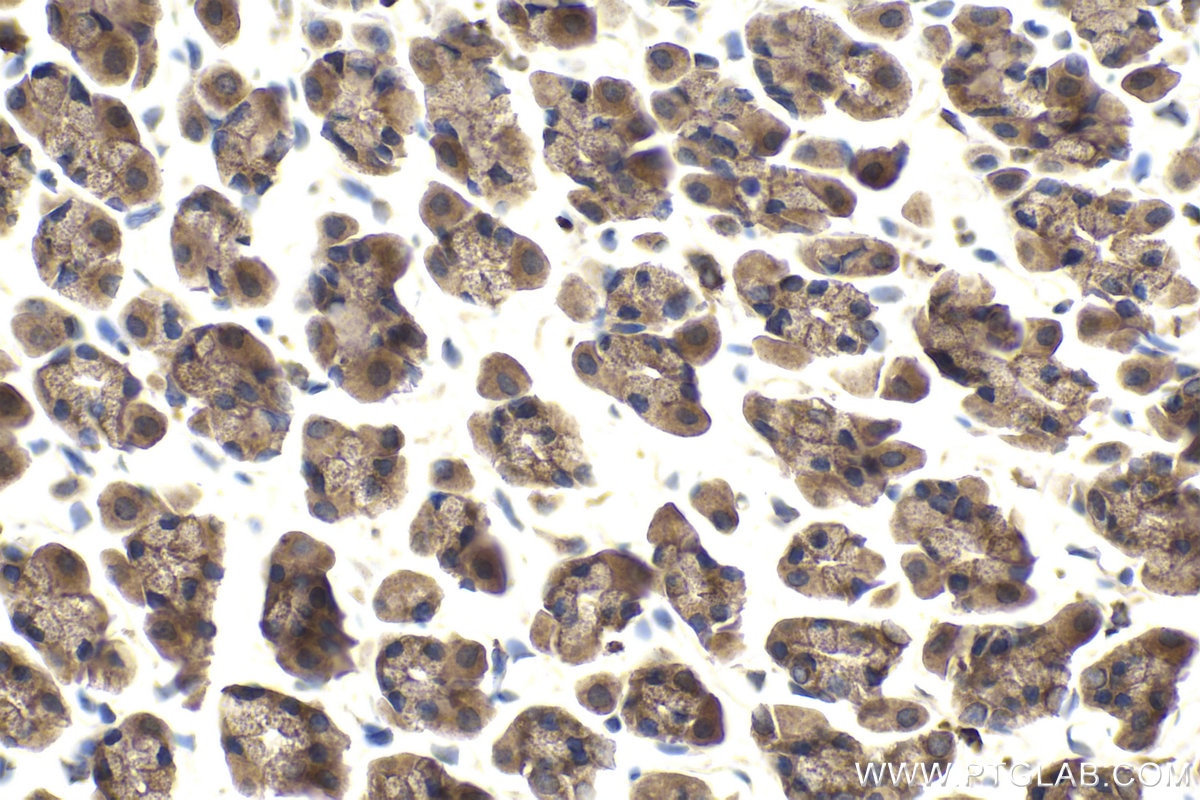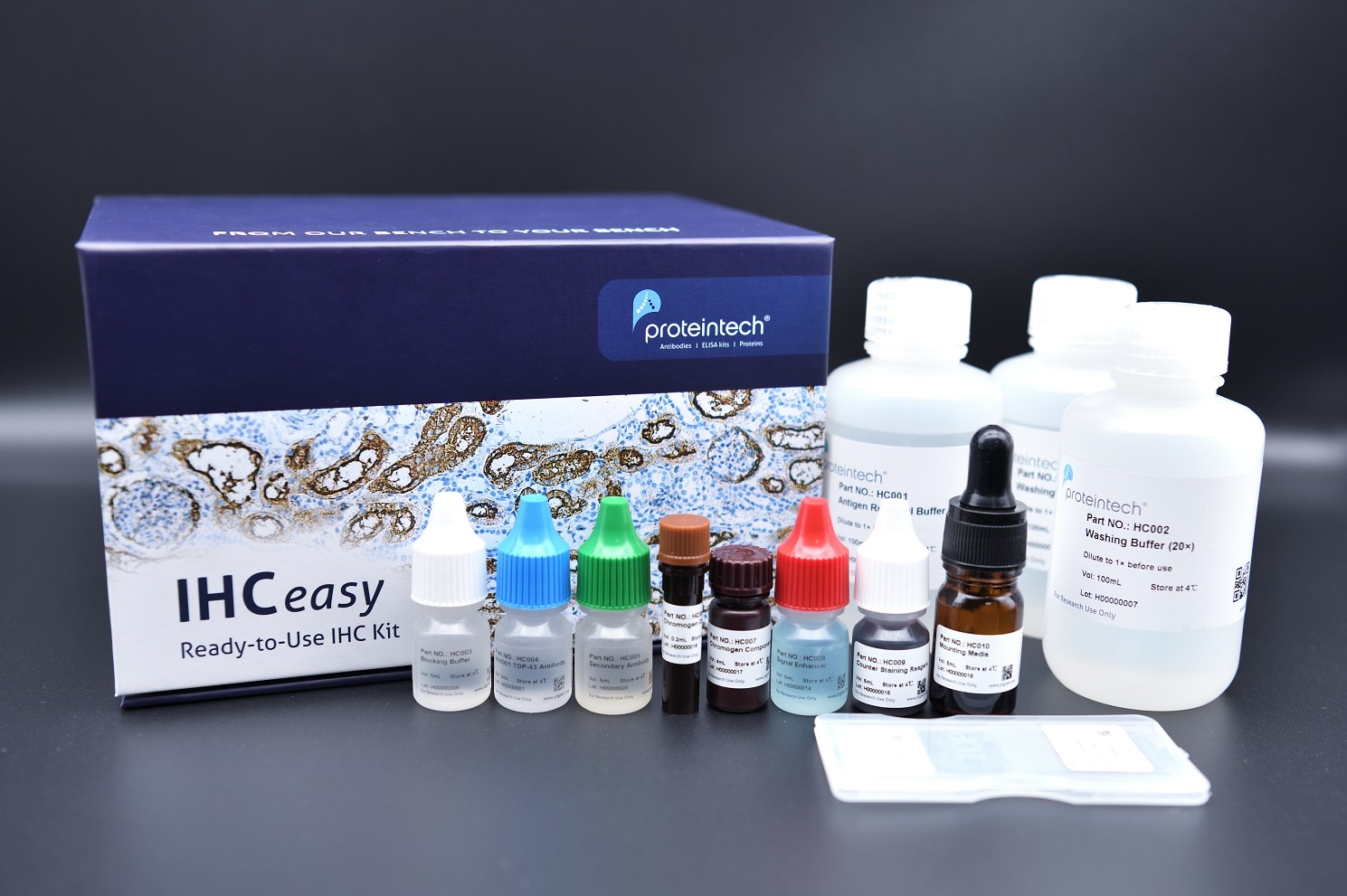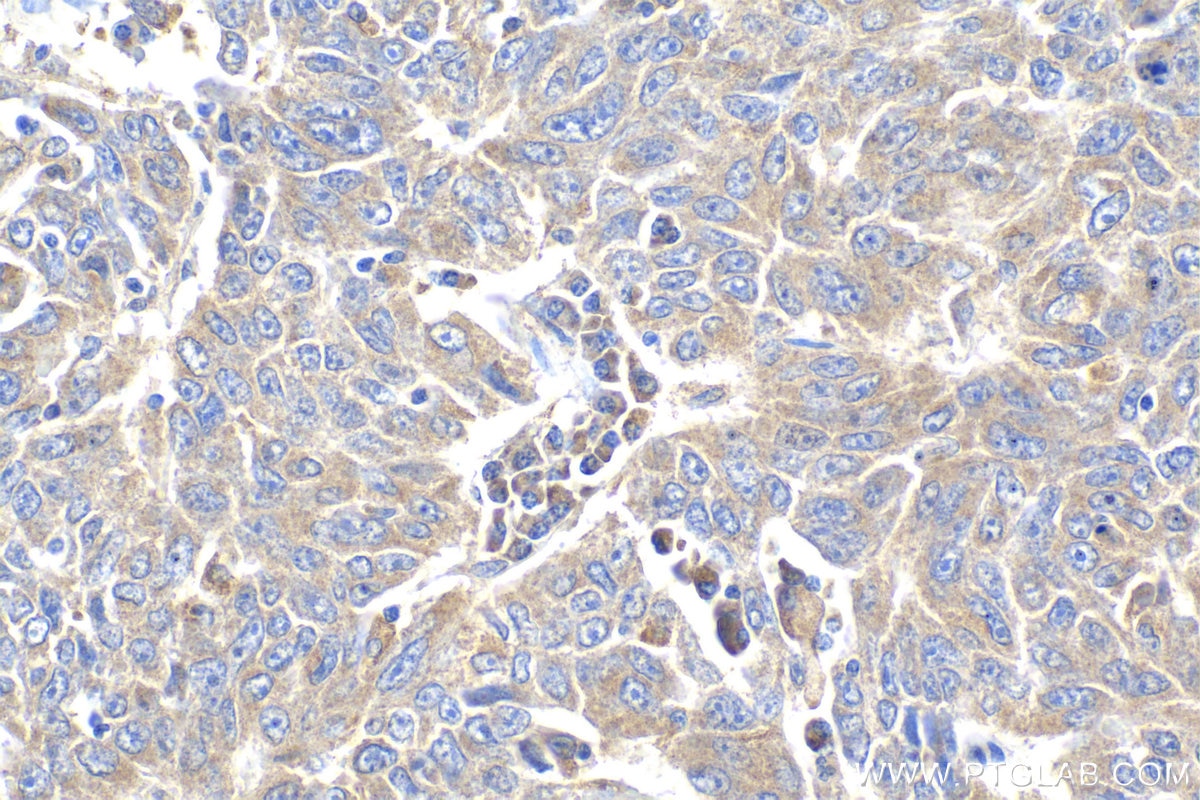IHCeasy SNX6 Ready-To-Use IHC Kit
SNX6 Ready-to-use reagent kit for IHC.
Reactivity
Human, Mouse, Rat
Sample Type
FFPE tissue
Cat no : KHC2004
Synonyms
MSTP010, SNX6, sorting nexin 6, TFAF2, TRAF4 associated factor 2
Validation Data Gallery
Product Information
KHC2004 is a ready-to-use IHC kit for staining of SNX6. The kit provides all reagents, from antigen retrieval to cover slip mounting, that require little to no diluting or handling prior to use. Simply apply the reagents to your sample slide according to the protocol and you're steps away from obtaining high-quality IHC data.
| Product name | IHCeasy SNX6 Ready-To-Use IHC Kit |
| Sample type | FFPE tissue |
| Assay type | Immunohistochemistry |
| Primary antibody type | Rabbit Polyclonal |
| Secondary antibody type | Polymer-HRP-Goat anti-Rabbit |
| Reactivity | Human, Mouse, Rat |
Kit components
| Component | Size | Concentration |
|---|---|---|
| Antigen Retrieval Buffer | 100 mL | 50× |
| Washing Buffer | 100 mL ×2 | 20× |
| Blocking Buffer | 5 mL | RTU |
| Primary Antibody | 5 mL | RTU |
| Secondary Antibody | 5 mL | RTU |
| Chromogen Component A | 0.2 mL | RTU |
| Chromogen Component B | 4 mL | RTU |
| Signal Enhancer | 5 mL | RTU |
| Counter Staining Reagent | 5 mL | RTU |
| Mounting Media | 5 mL | RTU |
| Datasheet | 1 Copy | |
| Manual | 1 Copy |
Background Information
Sorting nexins (SNX) have previously been shown to regulate the cell-surface expression of the human epidermal growth factor receptor. On the basis of the predicted protein sequences, several members of this family, including SNX6, have been identified. SNX6, containing coiled-coil regions within its large C-terminal domain and is found distributed in both membrane and cytosolic fractions, typical of hydrophilic peripheral membrane proteins. The functions of SNX6 are likely to be unique to endosomes, mediated in part by interactions with SNX6-specific C-terminal sequences and membrane-associated determinants.
Properties
| Storage Instructions | All the reagents are stored at 2-8°C. The kit is stable for 6 months from the date of receipt. |
| Synonyms | MSTP010, SNX6, sorting nexin 6, TFAF2, TRAF4 associated factor 2 |
